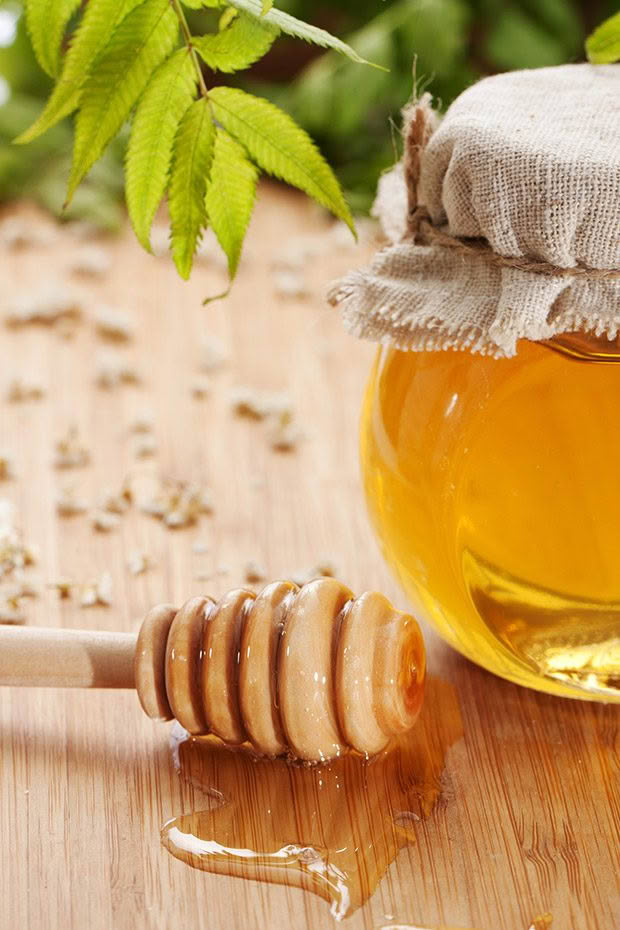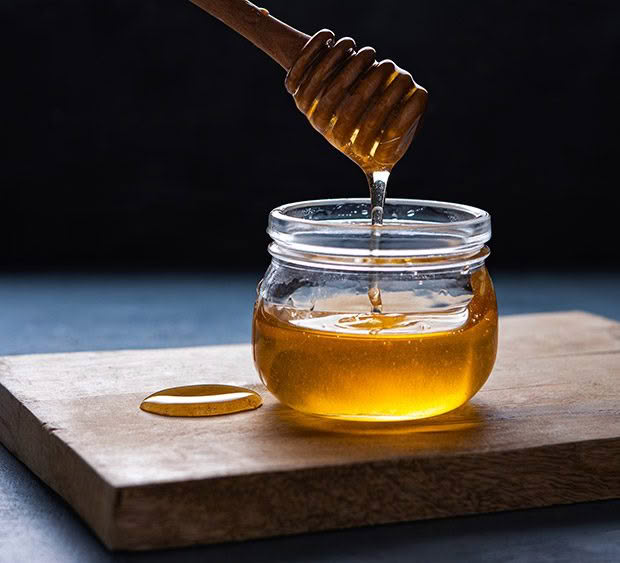Honey making rules and regulations: 5 important things to know if you want to sell honey in New Zealand

Honey is a food product, and you need to meet food safety standards if you want to sell it.
Words: Lucy Tasker
New Zealand food safety standards cover every step of honey production: processing, testing, packaging, and labelling. If you want to sell honey, you need to meet these standards and be able to prove it. Here’s some of what you’ll need to consider.
TESTING
Tests for sugar content, water levels, and tutin contamination are essential. If you’re selling manuka honey, you’ll also need to test it to prove that it meets manuka standards.
RULES AND REGULATIONS
If you want to produce honey to sell in New Zealand, you need to meet the requirements of the Food Act 2014. This covers safe handling, storage, and packaging of all food products sold in the country.
Under the Act, you must either be:
• registered with your local council so they can check that you meet its food hygiene regulations, or;
• registered with the Ministry for Primary Industries under a Food Safety Programme and reviewed by approved MPI auditors.
You may also need to have a Risk Management Plan (RMP). To find out which part of the Food Act you come under, and the type of food safety programme you will need to follow, use MPIs ‘where do I fit’ tool.
HANDLING YOUR HONEY
You may not need to process your honey in a commercial kitchen. It depends on the food safety programme you use, but you will need to follow strict guidelines for handling and storing your product.
Use MPIs ‘where do I fit’ tool to find out what is required. Check whether your local council has different regulations and requirements. These must also be met, in addition to the regulations outlined in the Food Act.
LABELLING LAWS
You need to provide information about the levels of key nutrients in the product. Fortunately, honey has standard levels of nutrients, and you can buy pre-printed nutritional labels. Labels must include the name and address of your business in case of complaints or questions.
You can choose to include the floral source of the honey as well, although it isn’t required. Many producers simply use the word ‘blend’ or ‘multi floral’ if the honey comes from a mix of flowers.
You can have labels printed professionally, print your own at home, or write on sticky labels if you’re only selling a limited amount of honey.
PACKAGING

Packaging must keep the honey safe for consumers. Containers need to be sterile, food safe, and well-sealed. There is a range of packaging options available, including glass and plastic jars, large tubs and buckets, and the classic squeezy honey bear.
WHAT IF YOU ONLY GIVE YOUR HONEY AWAY?
Giving honey to friends and family, or swapping it with them for produce, is allowed and is not regulated under the Food Act.
Bartering honey as part of a financial transaction and giving away samples of honey for promotional purposes are forms of sale. These are subject to regulation under the Food Act.
Source: Ministry for Primary Industries, Bee and Honey Products
MORE READING
MPI rules on honey and bee products, including regulations and RMPs.
Requirements to meet if you are a beekeeper, or if you process, sell, store, or export honey or other bee products.
MORE HERE:
Everything you’ll need to start beekeeping (PLUS how much it will cost)
Love this story? Subscribe now!
 This article first appeared in NZ Lifestyle Block Magazine.
This article first appeared in NZ Lifestyle Block Magazine.
